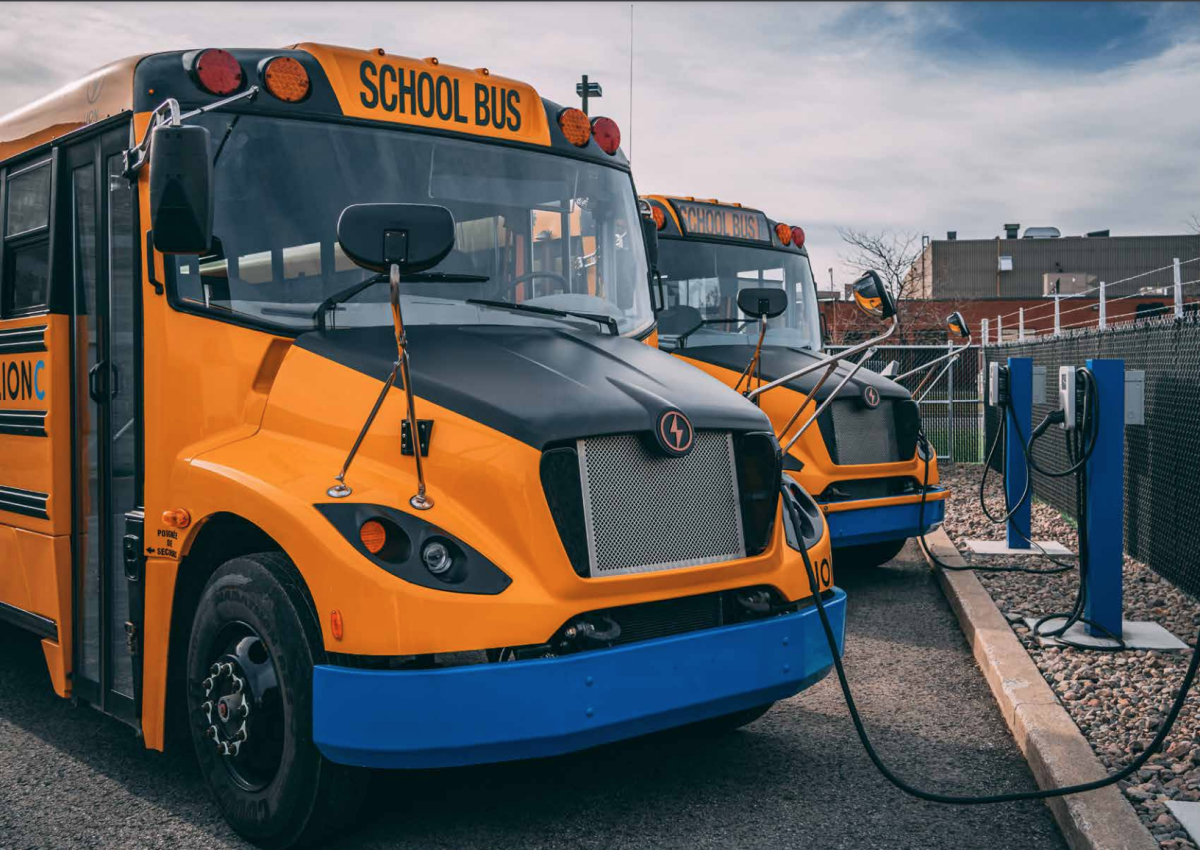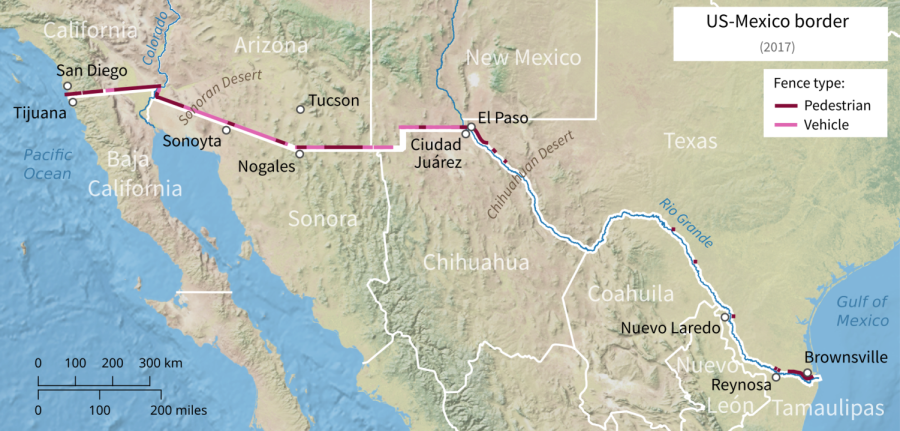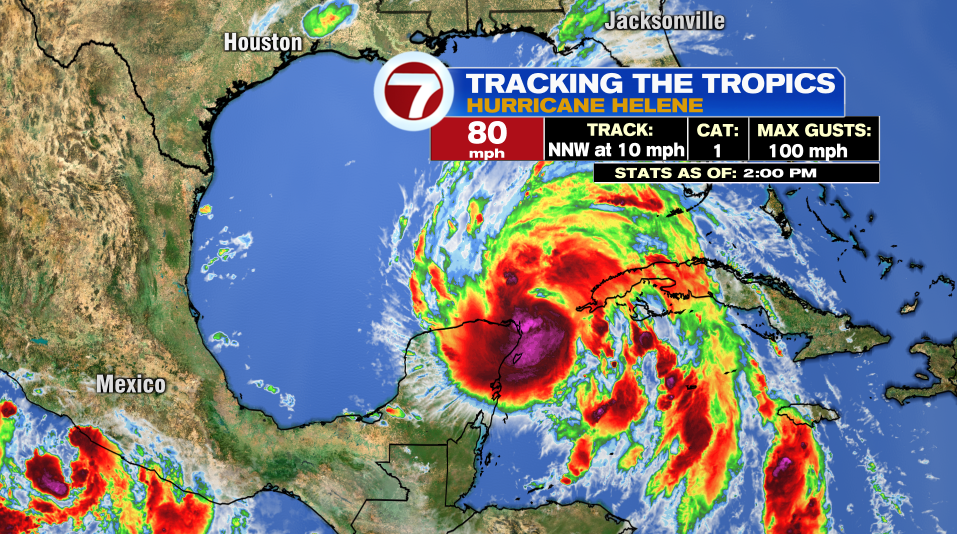For decades the iconic big, yellow school bus has greeted students at the bus stop. The symbol has made its mark on the identity of American schooling worldwide. However, it has also made its mark on the environment, doing a number on the air quality of communities around the country.
It’s estimated that 500,000 yellow buses are used every school year nationwide. 90% are powered by diesel, pumping particulate matter and harmful greenhouse gasses like sulfur dioxide and carbon monoxide into the air, even when idle. From waiting for minutes at a bus stop before school or in a bus yard at the conclusion, fumes are released at every step of the bus’s journey.
The “stop-and-go” design of school buses make them a perfect candidate for an electric alternative.
Funding for this will be expensive, but it’s primarily provided by the Environmental Protection Agency (EPA). As students were enjoying their summer breaks, $900 million has already been put forth. By 2026, the EPA is set to contribute $5 billion to substitute the entirety of diesel powered buses.
Companies, such as the familiar Ford or lesser known Blue Bird, BYD, and Lion Electric, have all created their own versions of electric school buses. Ford offers many models of their E-transit vehicles— one offering 120 miles at full charge, and the other with 180. The longer range buses can be utilized in rural areas and could solve the issue of long rides for field trips. Regardless, all models will have zero tailpipe emission. The common price stands at $450,000— about twice as much as diesel powered buses— however, they will save money on diesel and maintenance costs.
As of August, 2023, thirty-seven states are on board for the new implementation of electric school buses, including New Jersey! On August 4, Governor Murphy signed legislation saying over the course of three years, $45 million will be given to NJ counties for buses and their operational facilities. Given that 40% of NJ emissions come from road traffic, this is a major step in reducing the amount of fumes in the air to make it cleaner and more breathable.
This coming school year will be the first time students see an electric bus open its doors for them. Not every county will receive their share of buses just yet. First, low-income, highly polluted areas are prioritized as their air is most harmed. Miami-Dade in Florida and Modesto County in California are two counties that have already received new E-buses.
Despite this seemingly good news, their complaints have been communicated by Modesto superintendent, Tim Zealey: “Our school district does a large number of out-of-town field trips and athletic events, so unless that destination has chargers, an electric bus can’t handle the trip.”As a solution, the county has kept fifteen diesel buses to use for such times, as well as a precaution if charging infrastructure malfunctions or slows.
Charging infrastructure is needed for this nationwide project. Because of this, the power grid will be affected. In Miami, Florida Light & Water is figuring a system that won’t impact the power grid at high demand times— as all counties should begin to do so. New electric buses will not impact the power grid too much if maintained to off-peak hours, when energy demand is lowest.
This initiative not only centers around environmental clarity but also environmental justice. Equity has been a major focus of the Electric School Bus (ESB) Initiative— the group advocating for this change. Air pollution exposure is statistically higher in minority communities, ranging 60-75% higher. This is mainly because of locations of large bus depots (where buses stay idle), generating greater amounts of pollution for surrounding communities.
Other focuses include mobility, racial, gender, and income equity. The Electric School Bus Initiative group lays their reasoning: “Without a purposeful focus on the multiple and overlapping dimensions of equity, the transition to ESBs could perpetuate ingrained systems of inequity and further burden BIPOC communities and many underserved student populations and their families already facing disproportionate impacts under the current school transport system.” To ensure the plan of equity is followed, an ESB Advisory Council for leaders around the country to assess the process and productivity of their goal has been implemented.
The arrival of electric school buses marks a shift in how students will get to school— although the big, yellow bus will still look similar, the internal changes will be environmentally revolutionary. The influence of this nationwide decision is undeniable. Fumes that once riddled the enclosed bus’s air will no longer affect the air around the country’s children.












